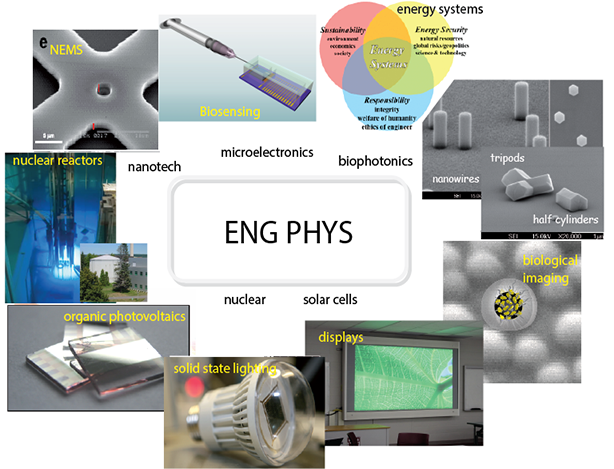Comparison of Methods for Increasing Heat Transfer in Steam Generators in a CANDU Reactor using various forms of Twisted Tapes
Abstract
The efficiency of a reactor can be improved through an increase of heat transfer in the steam generator component of the heat transport system. To increase the amount of heat transfer possible, the Nusselt (Nu) number should be increased. Following the Reynolds analogy as well as the turbulence of fluid will also play a factor in heat transfer. Multiple twisted tape inserts were compared as these begin to increase turbulence in the flow. The twisted tapes come in multiple configurations and as such, have different performance abilities based on flow turbulence, which is governed by the Reynolds number (Re), and the geometry of the tape. With the conditions tested below, the helical twisted tape returned a larger Nu number at higher Re numbers. At the lower end of the spectrum, the dual twisted tape insert and the clockwise/counter-clockwise tape returned the largest Nu value.References
“Photo Gallery”, WWW document (http://www.mountaineerfabricators.com/joomla/index.php/photo- gallery.html)
R.Sellens, “Power Law Profiles in Pipes”, WWW document (http://my.me.queensu.ca/People/Sellens/PowerLaw.html)
Murugesan, K.Mayilsamy, and S.Suresh,Chinese J. of Chem. Eng. 18, 609 (2010)
Promvonge, S.Pethkool, M.Pimsarn, C.Thianpong, International
Communications in Heat and Mass Transfer 39, 953 (2012)
Murugesan, K.Mayilsamy, S.Suresh, P.S.S.Srinivasan International Communications in Heat and Mass Transfer 38, 329 (2011)
Murugesan, K.Mayilsamy, S.Suresh Chinese J. of Chem. Eng. 18, 1038 (2010)
Wongcharee, S.Elamsa-ardInternational Communications in Heat and Mass Transfer 38 348 (2011)
Eimsa-ard, P.Promvonge International J. of Heat and Mass Transfer 531364 (2010)
Eimsa-ard, K.Yongsiri, K.Nanan, C,Thianpong, Chem. Engineering and Processing 60, 42 (2012)
Downloads
Published
Issue
Section
License
Authors who publish with this journal agree to the following terms:Authors retain copyright and grant the journal right of first publication with the work simultaneously licensed under a Creative Commons Attribution License that allows others to share the work with an acknowledgement of the work's authorship and initial publication in this journal.
Authors are able to enter into separate, additional contractual arrangements for the non-exclusive distribution of the journal's published version of the work (e.g., post it to an institutional repository or publish it in a book), with an acknowledgement of its initial publication in this journal.
Authors are permitted and encouraged to post their work online (e.g., in institutional repositories or on their website) prior to and during the submission process, as it can lead to productive exchanges, as well as earlier and greater citation of published work.


